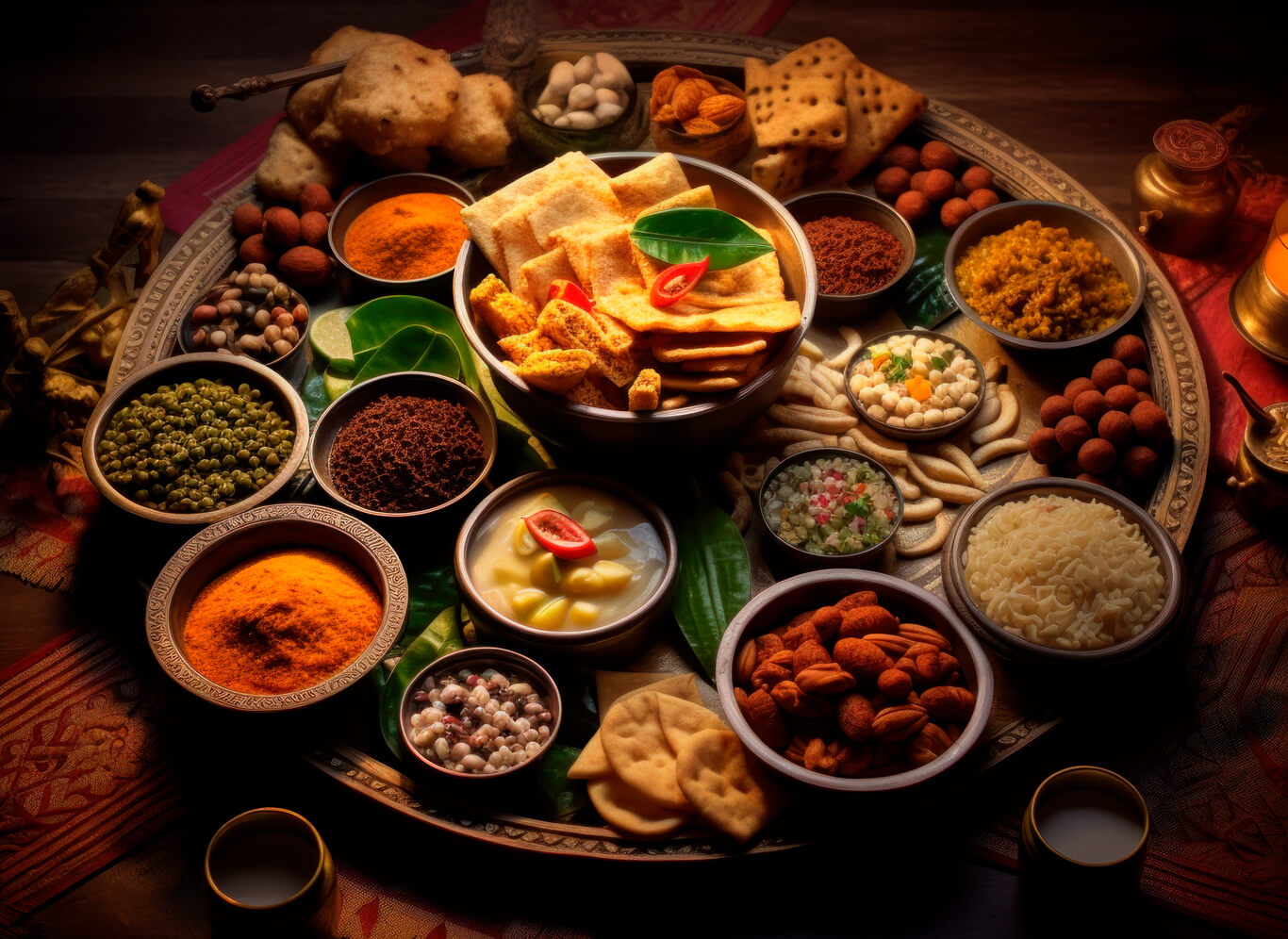
Planning a vegetarian menu for any event requires careful consideration to ensure it meets the needs and preferences of all guests. Understanding your guests is the first step. Gathering information about dietary restrictions and preferences allows you to create a menu that accommodates everyone, ensuring a pleasurable dining experience.
A balanced menu is crucial. It should include a variety of flavors and textures to keep guests engaged and satisfied. Incorporating fresh, seasonal ingredients enhances the taste and presentation of dishes, making them more appealing. Seasonal produce not only tastes better but also supports local farmers and reduces the environmental impact of your event.
Providing sample menus for different types of events can help clients visualize what their event could look like. For a wedding, a sample menu might include a starter of roasted beet salad, a main course of eggplant parmesan, and a dessert of lemon lavender cupcakes. Corporate lunches might feature options like a quinoa and black bean bowl, a side of roasted sweet potatoes, and a fruit parfait for dessert. Family reunions can enjoy comfort foods like vegetable pot pie, garlic bread, and apple crisp.
Presentation plays a significant role in how dishes are perceived. Offering tips on how to present vegetarian dishes attractively, such as garnishing with fresh herbs or using colorful plating, can impress guests and elevate the dining experience.
Encourage readers to contact your catering service for personalized menu planning and consultation. By highlighting your expertise and dedication to creating exceptional vegetarian menus, you can attract clients who value quality and creativity in their event catering.


